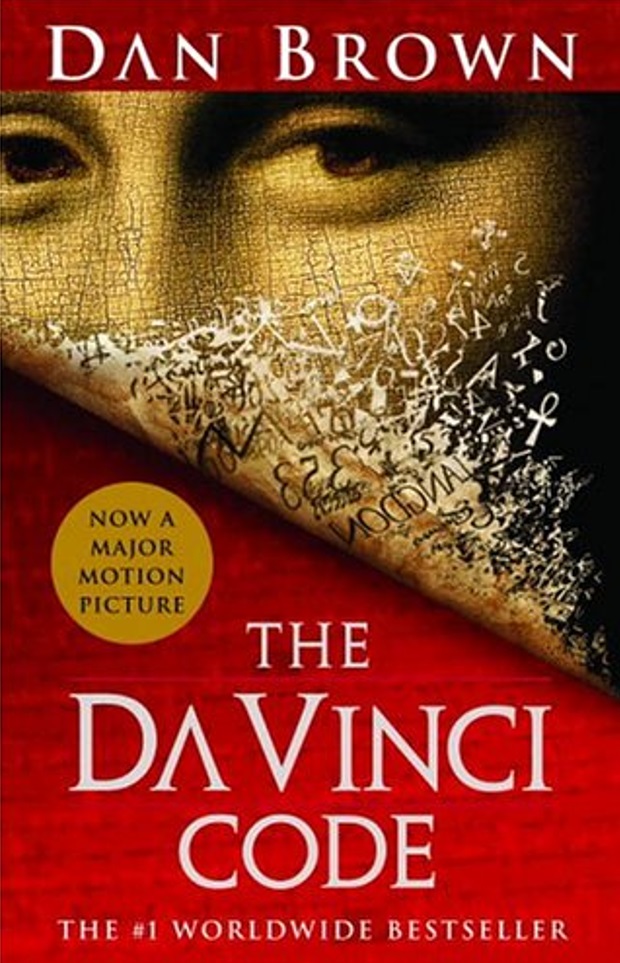TL;DR
The Da Vinci Code is a thrilling mystery novel where symbologist Robert Langdon and cryptologist Sophie Neveu unravel a murder in the Louvre, leading them into a complex web of art, religion, and secret societies.
What is The Da Vinci Code about
The Da Vinci Code centers around Harvard symbologist Robert Langdon, who is summoned to the Louvre Museum in Paris after the murder of its curator. The investigation reveals a series of intricate puzzles linked to the works of Leonardo da Vinci, hinting at a historical conspiracy involving the Priory of Sion and Opus Dei. As Langdon teams up with cryptologist Sophie Neveu, they race against time to decode the messages and uncover profound truths about Jesus and Mary Magdalene. The book, blending art, history, and religion, critiques institutional power while captivating readers with its fast-paced narrative and thought-provoking themes.
The Da Vinci Code 6 Key Takeaways
Murder at the Louvre
The story begins with the shocking murder of the Louvre curator, prompting Robert Langdon's involvement in the investigation.
The Cipher
Langdon discovers a cipher next to the curator's body, which leads him and Sophie Neveu on a quest to unravel its meaning.
Secret Societies
The duo learns about the Priory of Sion, a clandestine society that harbors dangerous secrets about historical figures like Jesus and Mary Magdalene.
Chase Through Europe
As they decode various clues, Langdon and Neveu must evade dangerous forces, particularly the ruthless Opus Dei.
Historical Revelations
The climax reveals explosive historical truths that challenge the established narratives of Christianity.
The Conclusion
In a twist ending, the truth about the Holy Grail and the significance of the Priory's secrets is unveiled, leaving readers questioning historical interpretations.
Top The Da Vinci Code Quotes
- "The greatest mystery is the one that has yet to be solved."
- "All great truths begin as blasphemies."
Who should read The Da Vinci Code?
The Da Vinci Code appeals to readers who enjoy thrilling mysteries interwoven with historical and religious themes. It offers an exciting exploration of art and symbolism, making it especially appealing for those curious about the intersection of faith and history.
The Da Vinci Code Best Reviews
- "A masterful blend of history, art, and suspense, Dan Brown's The Da Vinci Code keeps readers guessing until the last page." - The New York Times
- "A thrilling adventure that blends fact and fiction, exploring deep themes of faith and power." - The Guardian
People also liked these summaries
The Da Vinci Code FAQs
Is The Da Vinci Code based on a true story?
While The Da Vinci Code incorporates real historical organizations like the Priory of Sion and elements of religious history, it is primarily a work of fiction with significant artistic liberties.
What themes are explored in The Da Vinci Code?
The novel explores themes such as the conflict between faith and reason, the role of secret societies, and the quest for hidden truths in history.
